Several papers have addressed the usefulness of Google Scholar as a source for systematic review searching. Unfortunately the quality of those papers is often well below the mark.
In 2010 I already [1] (in the words of Isla Kuhn [2]) “robustly rebutted” the Anders’ paper “PubMed versus Google Scholar for Retrieving Evidence” [3] at this blog.
But earlier this year another controversial paper was published [4]:
“Is the coverage of google scholar enough to be used alone for systematic reviews?“
It is one of the highly accessed papers of BMC Medical Informatics and Decision Making and has been welcomed in (for instance) the Twittosphere.
Researchers seem to blindly accept the conclusions of the paper:
https://twitter.com/jeffvallance/status/340562086524510208But don’t rush and assume you can now forget about PubMed, MEDLINE, Cochrane and EMBASE for your systematic review search and just do a simple Google Scholar (GS) search instead.
You might throw the baby out with the bath water….
… As has been immediately recognized by many librarians, either at their blogs (see blogs of Dean Giustini [5], Patricia Anderson [6] and Isla Kuhn [1]) or as direct comments to the paper (by Tuulevi Ovaska, Michelle Fiander and Alison Weightman [7].
In their paper, Jean-François Gehanno et al examined whether GS was able to retrieve all the 738 original studies included in 29 Cochrane and JAMA systematic reviews.
And YES! GS had a coverage of 100%!
WOW!
All those fools at the Cochrane who do exhaustive searches in multiple databases using controlled vocabulary and a lot of synonyms when a simple search in GS could have sufficed…
But it is a logical fallacy to conclude from their findings that GS alone will suffice for SR-searching.
Firstly, as Tuulevi [7] rightly points out :
“Of course GS will find what you already know exists”
Or in the words of one of the official reviewers [8]:
What the authors show is only that if one knows what studies should be identified, then one can go to GS, search for them one by one, and find out that they are indexed. But, if a researcher already knows the studies that should be included in a systematic review, why bother to also check whether those studies are indexed in GS?
Right!
Secondly, it is also the precision that counts.
As Dean explains at his blog a 100% recall with a precision of 0,1% (and it can be worse!) means that in order to find 36 relevant papers you have to go through ~36,700 items.
Dean:
Are the authors suggesting that researchers consider a precision level of 0.1% acceptable for the SR? Who has time to sift through that amount of information?
It is like searching for needles in a haystack. Correction: It is like searching for particular hay stalks in a hay stack. It is very difficult to find them if they are hidden among other hay stalks. Suppose the hay stalks were all labeled (title), and I would have a powerful haystalk magnet (“title search”) it would be a piece of cake to retrieve them. This is what we call “known item search”. But would you even consider going through the haystack and check the stalks one by one? Because that is what we have to do if we use Google Scholar as a one stop search tool for systematic reviews.
Another main point of criticism is that the authors have a grave and worrisome lack of understanding of the systematic review methodology [6] and don’t grasp the importance of the search interface and knowledge of indexing which are both integral to searching for systematic reviews.[7]
One wonders why the paper even passed the peer review, as one of the two reviewers (Miguel Garcia-Perez [8]) already smashed the paper to pieces.
The authors’ method is inadequate and their conclusion is not logically connected to their results. No revision (major, minor, or discretionary) will save this work. (…)
Miguel’s well funded criticism was not well addressed by the authors [9]. Apparently the editors didn’t see through and relied on the second peer reviewer [10], who merely said it was a “great job” etcetera, but that recall should not be written with a capital R.
(and that was about the only revision the authors made)
Perhaps it needs another paper to convince Gehanno et al and the uncritical readers of their manuscript.
Such a paper might just have been published [11]. It is written by Dean Giustini and Maged Kamel Boulos and is entitled:
“Google Scholar is not enough to be used alone for systematic reviews“
It is a simple and straightforward paper, but it makes its points clearly.
Giustini and Kamel Boulos looked for a recent SR in their own area of expertise (Chou et al [12]), that included a comparable number of references as that of Gehanno et al. Next they test GS’ ability to locate these references.
Although most papers cited by Chou et al. (n=476/506; ~95%) were ultimately found in GS, numerous iterative searches were required to find the references and each citation had to be managed once at a time. Thus GS was not able to locate all references found by Chou et al. and the whole exercise was rather cumbersome.
As expected, trying to find the papers by a “real-life” GS search was almost impossible. Because due to its rudimentary structure, GS did not understand the expert search strings and was unable to translate them. Thus using Chou et al.’s original search strategy and keywords yielded unmanageable results of approximately >750,000 items.
Giustini and Kamel Boulos note that GS’ ability to search into the full-text of papers combined with its PageRank’s algorithm can be useful.
On the other hand GS’ changing content, unknown updating practices and poor reliability make it an inappropriate sole choice for systematic reviewers:
As searchers, we were often uncertain that results found one day in GS had not changed a day later and trying to replicate searches with date delimiters in GS did not help. Papers found today in GS did not mean they would be there tomorrow.
But most importantly, not all known items could be found and the search process and selection are too cumbersome.
Thus shall we now for once and for all conclude that GS is NOT sufficient to be used alone for SR searching?
We don’t need another bad paper addressing this.
But I would really welcome a well performed paper looking at the additional value of a GS in SR-searching. For I am sure that GS may be valuable for some questions and some topics in some respects. We have to find out which.
References
- PubMed versus Google Scholar for Retrieving Evidence 2010/06 (laikaspoetnik.wordpress.com)
- Google scholar for systematic reviews…. hmmmm 2013/01 (ilk21.wordpress.com)
- Anders M.E. & Evans D.P. (2010) Comparison of PubMed and Google Scholar literature searches, Respiratory care, May;55(5):578-83 PMID: 20420728
- Gehanno J.F., Rollin L. & Darmoni S. (2013). Is the coverage of Google Scholar enough to be used alone for systematic reviews., BMC medical informatics and decision making, 13:7 PMID: 23302542 (open access)
- Is Google scholar enough for SR searching? No. 2013/01 (blogs.ubc.ca/dean)
- What’s Wrong With Google Scholar for “Systematic” Review 2013/01 (etechlib.wordpress.com)
- Comments at Gehanno’s paper (www.biomedcentral.com)
- Official Reviewer’s report of Gehanno’s paper [1]: Miguel Garcia-Perez, 2012/09
- Authors response to comments (www.biomedcentral.com)
- Official Reviewer’s report of Gehanno’s paper [2]: Henrik von Wehrden, 2012/10
- Giustini D. & Kamel Boulos M.N. (2013). Google Scholar is not enough to be used alone for systematic reviews, Online Journal of Public Health Informatics, 5 (2) DOI: 10.5210/ojphi.v5i2.4623
- Chou W.Y.S., Prestin A., Lyons C. & Wen K.Y. (2013). Web 2.0 for Health Promotion: Reviewing the Current Evidence, American Journal of Public Health, 103 (1) e9-e18. DOI: 10.2105/AJPH.2012.301071









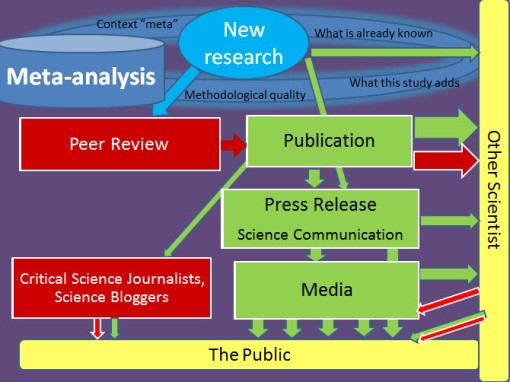
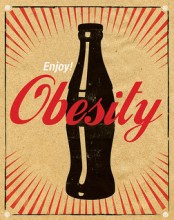
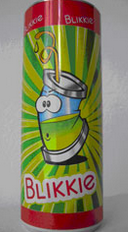
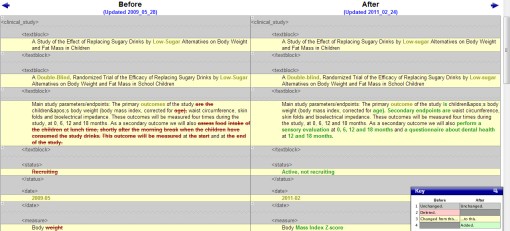







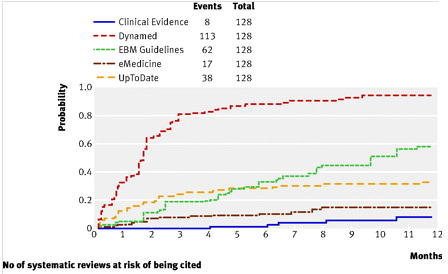





















Recent Comments